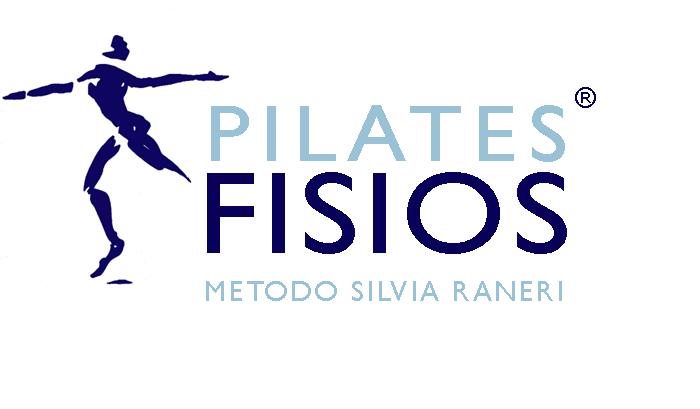Abstract Objectives: To compare the electrical activation of the rectus femoris (RF), long head of the biceps femoris (BF) and semitendinosus (ST) and the resistance torque (TR) of the hip extension (HE) movement performed on the Pilates Cadillac with the attachable spring in two different positions. Methods: Twelve subjects performed five hip extensions with the attachable spring in two positions (high and low). Electromyography (EMG) and electrogoniometry data were colleted simultaneously. The root mean square (RMS) was calculated and normalized based on the maximal voluntary contraction. A free-body diagram (FBD) and movement equations were used to calculate TR. One-way ANOVA was used to investigate EMG differences between spring positions (p<0.05). Results: When the spring was in the high position, TR was classified as descending and occurred in the “direction” of flexion over most of the range of motion (ROM). In the low position, TR descended until 60º of hip flexion, in the direction of flexion, and from there it took on an ascending pattern in the direction of extension. Conclusions: The EMG analysis seemed to follow the TR, with higher values for the RF in the low position and higher activation values for the BF and ST in the high position, where the external demand was greater. EMG and TR data supply complementary information for prescribing Pilates exercises. Key Words: torque; electromyography; Pilates; hip extension.

